Emerging Trends in Watershed Management
Synopsis
Over-exploitation of natural resources resulting in their severe degradation, diminishing water resources, declining forest cover, depleting energy sources, loss of biodiversity and generation of various kinds of wastes are the issues to be addressed on priority in India. About 45% of total geographical area of the country is degraded due to various processes of land degradation with water erosion affecting maximum area of 93.7 m ha. Land degradation causes 5% to more than 50% decline in total agricultural output every year and a loss of around 8 m tones of plant nutrients occurs due to water erosion annually. Intensification of agriculture in irrigated regions has also resulted in many second generation problems viz; water logging and salinization, soil sickness, nutrient imbalances etc. Hence, efficient management and utilization of land, water and vegetation resources to meet the growing basic human and animal needs in terms of food, fibre, fodder, timber and fuel continues to be an issue of utmost concern for policy makers, planners, conservationists and environmentalists.
This book has 59 chapters under six broad themes. Under natural resource appraisal theme status of soil erosion, land degradation, surface and ground water availability and quality, impact of human and livestock on biodiversity and land quality were discussed. Efficient techniques of water harvesting systems, ground water utilization and multiple uses for sustaining productivity were discussed under rainwater management for sustainable productivity. Alternative land use systems for improving land degradation and enhancing economic return were discussed at great length in section 4. The topic under institutional mechanisms and policy issues were benefit sharing mechanism among stakeholders, capacity building and community empowerment, impacts and implications of watershed guidelines and gender and equity issues. State’s experiences on these burning issues were shared by state department heads and eminent scholars and future thrust were highlighted. It is hoped that the book will prove very useful to scholars, managers, policy makers and society at large in achieving environmental and livelihood security for the people of the country.
Read more
This book has 59 chapters under six broad themes. Under natural resource appraisal theme status of soil erosion, land degradation, surface and ground water availability and quality, impact of human and livestock on biodiversity and land quality were discussed. Efficient techniques of water harvesting systems, ground water utilization and multiple uses for sustaining productivity were discussed under rainwater management for sustainable productivity. Alternative land use systems for improving land degradation and enhancing economic return were discussed at great length in section 4. The topic under institutional mechanisms and policy issues were benefit sharing mechanism among stakeholders, capacity building and community empowerment, impacts and implications of watershed guidelines and gender and equity issues. State’s experiences on these burning issues were shared by state department heads and eminent scholars and future thrust were highlighted. It is hoped that the book will prove very useful to scholars, managers, policy makers and society at large in achieving environmental and livelihood security for the people of the country.
150.30
135.27
$
167.00 $
Free delivery Wolrdwidе in 10-18 days
Ships in 1-2 days from New Delhi
Membership for 1 Year $35.00
Get it now and save 10%
Get it now and save 10%
BECOME A MEMBER

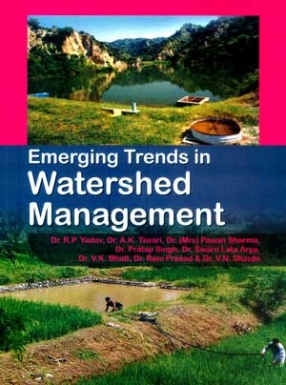
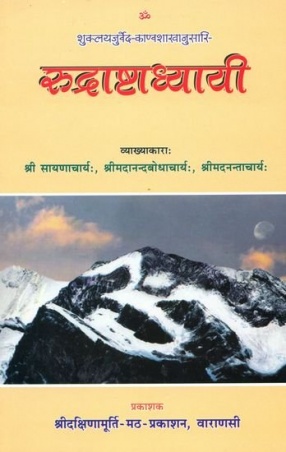
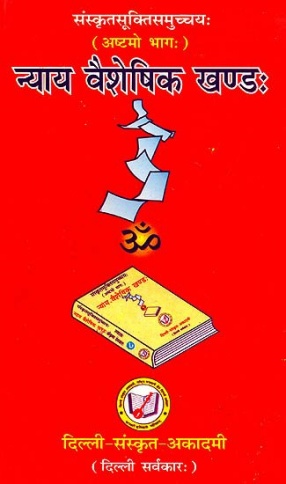


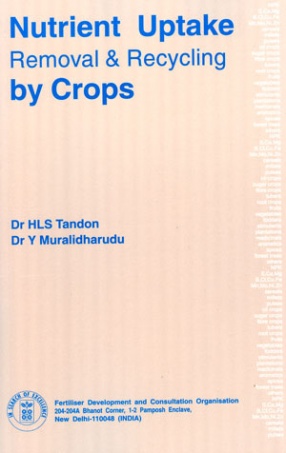
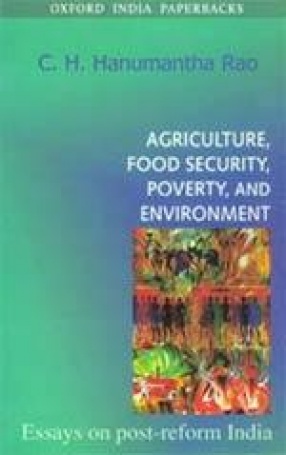

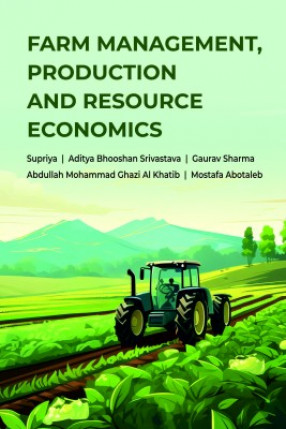

Bibliographic information
A. K. Tiwari
Ors.